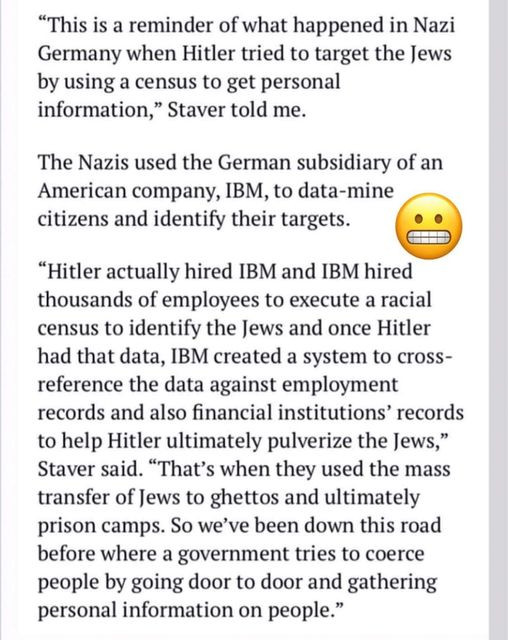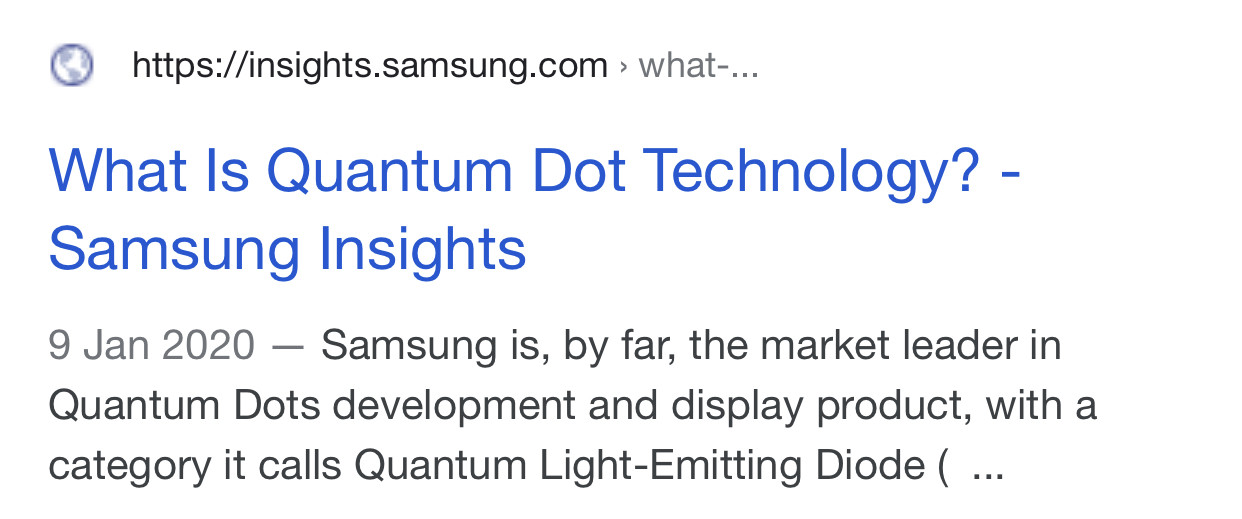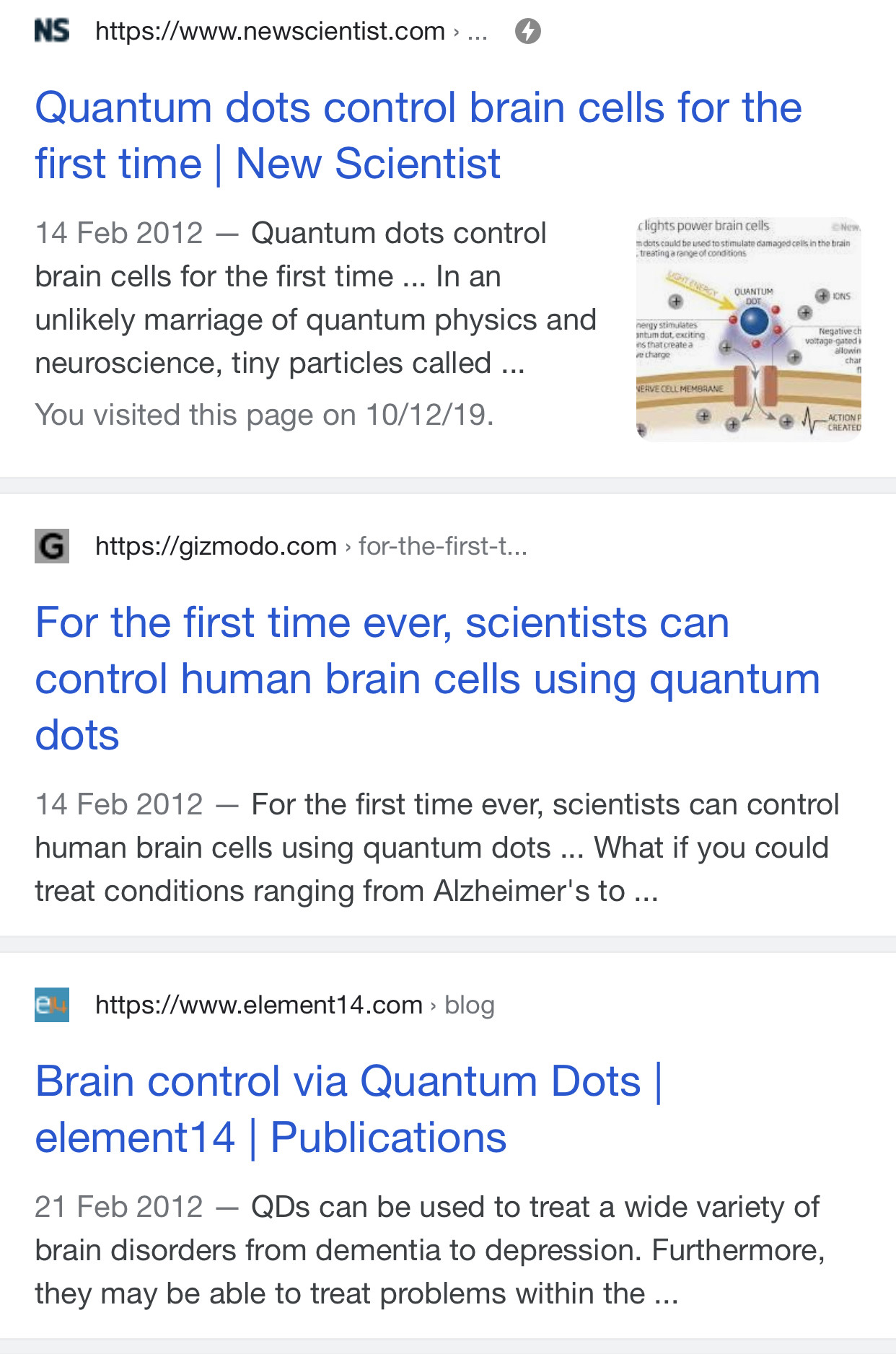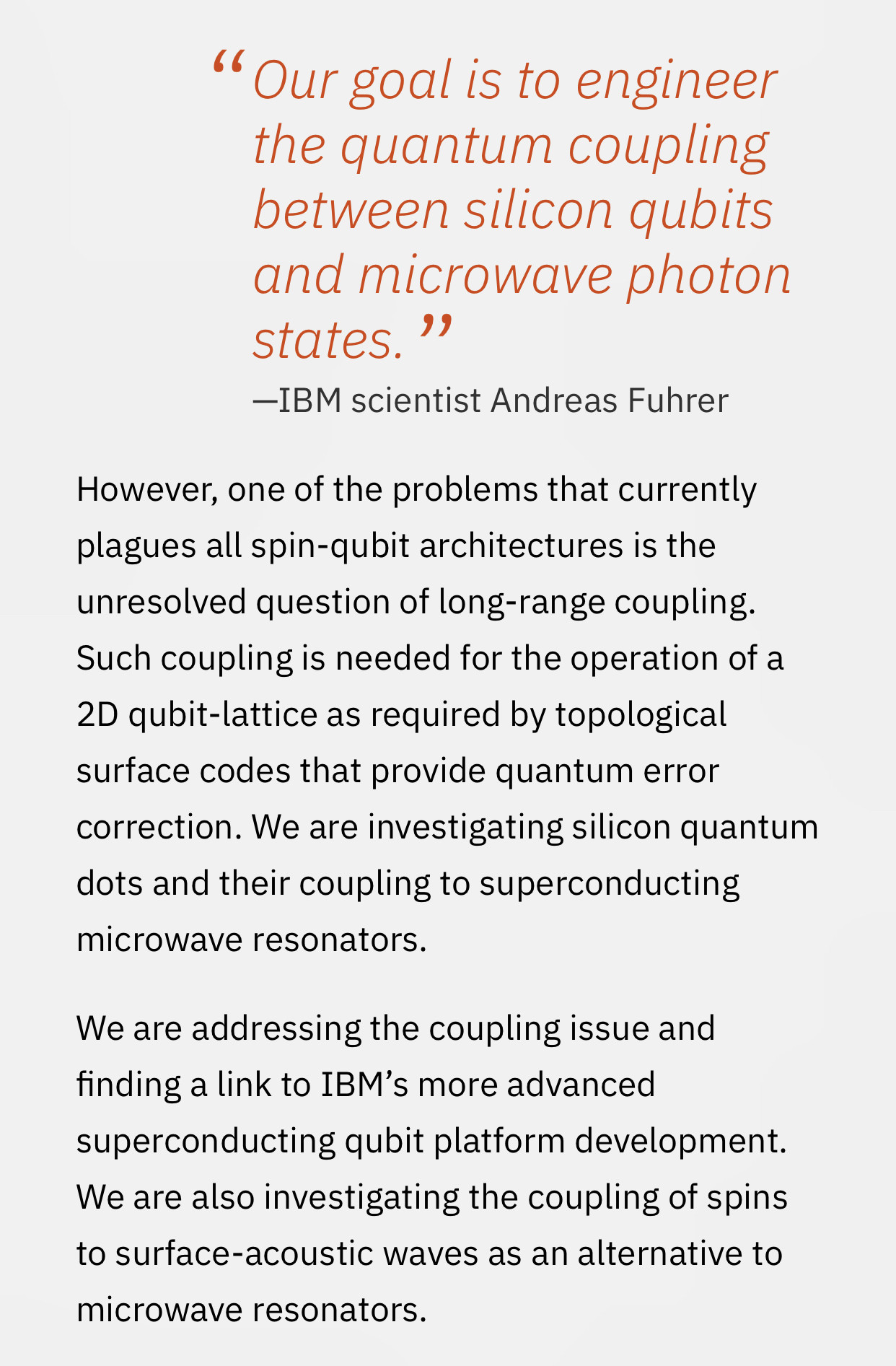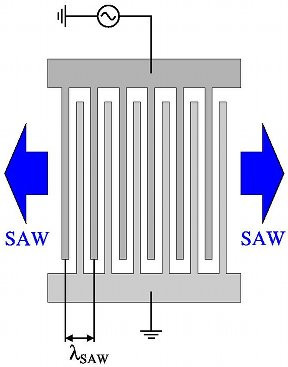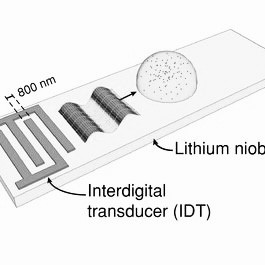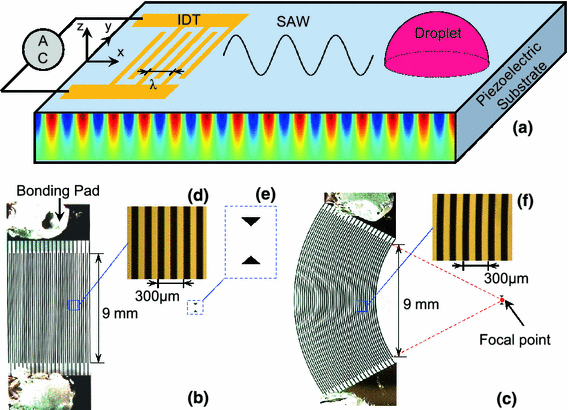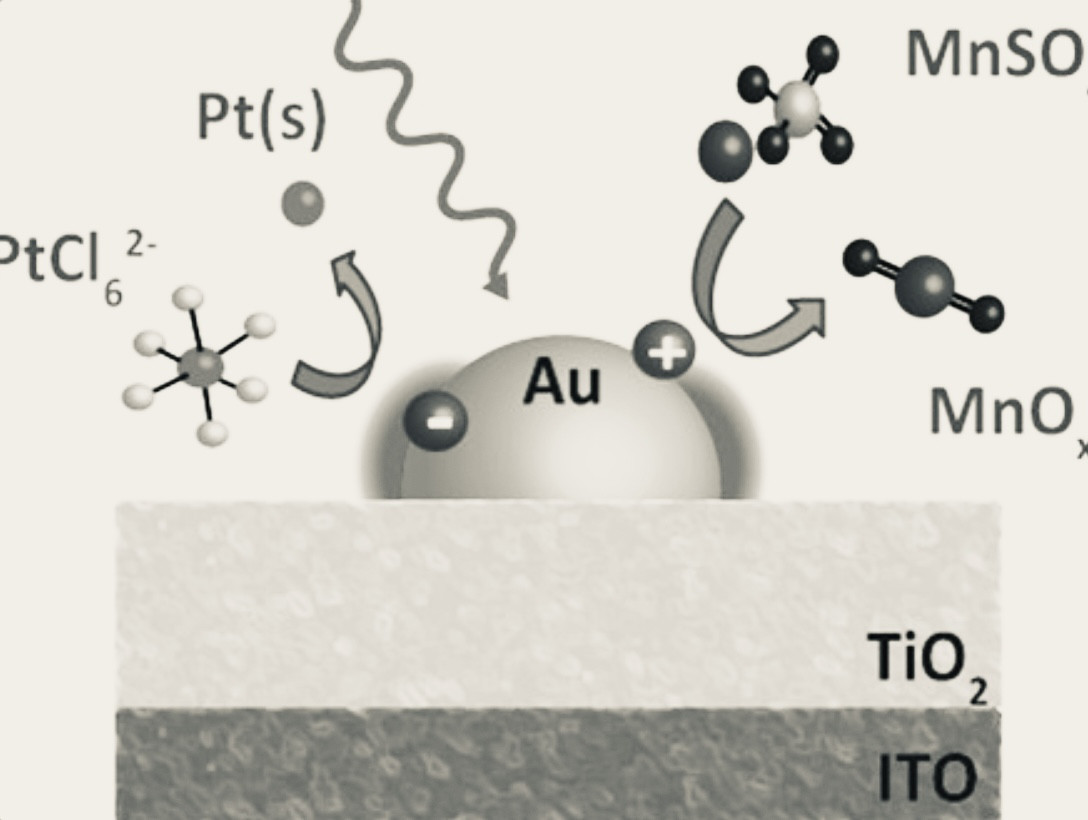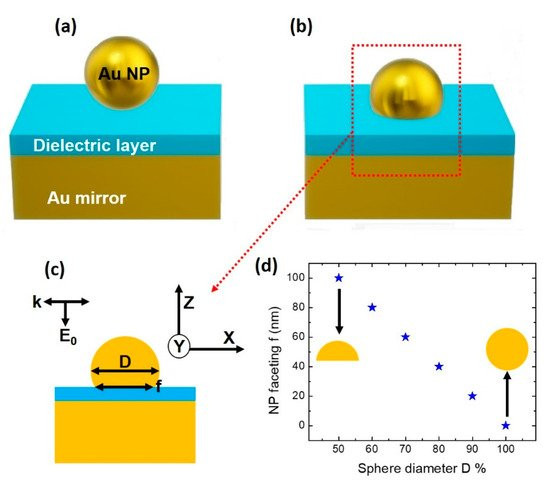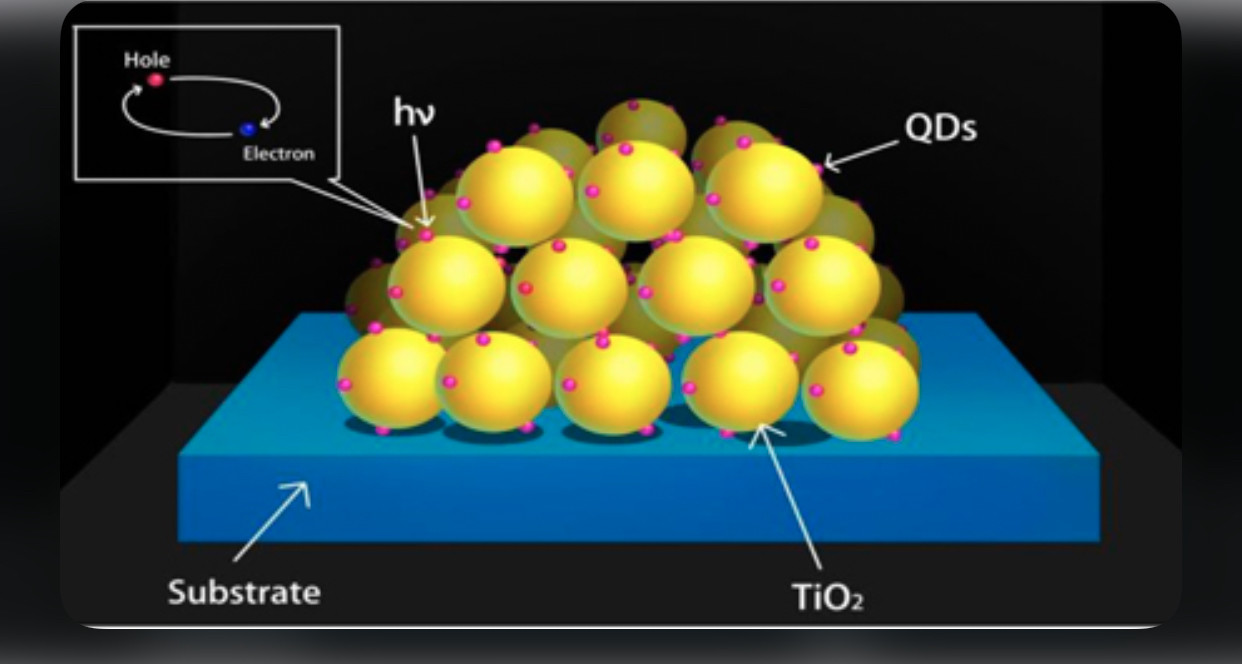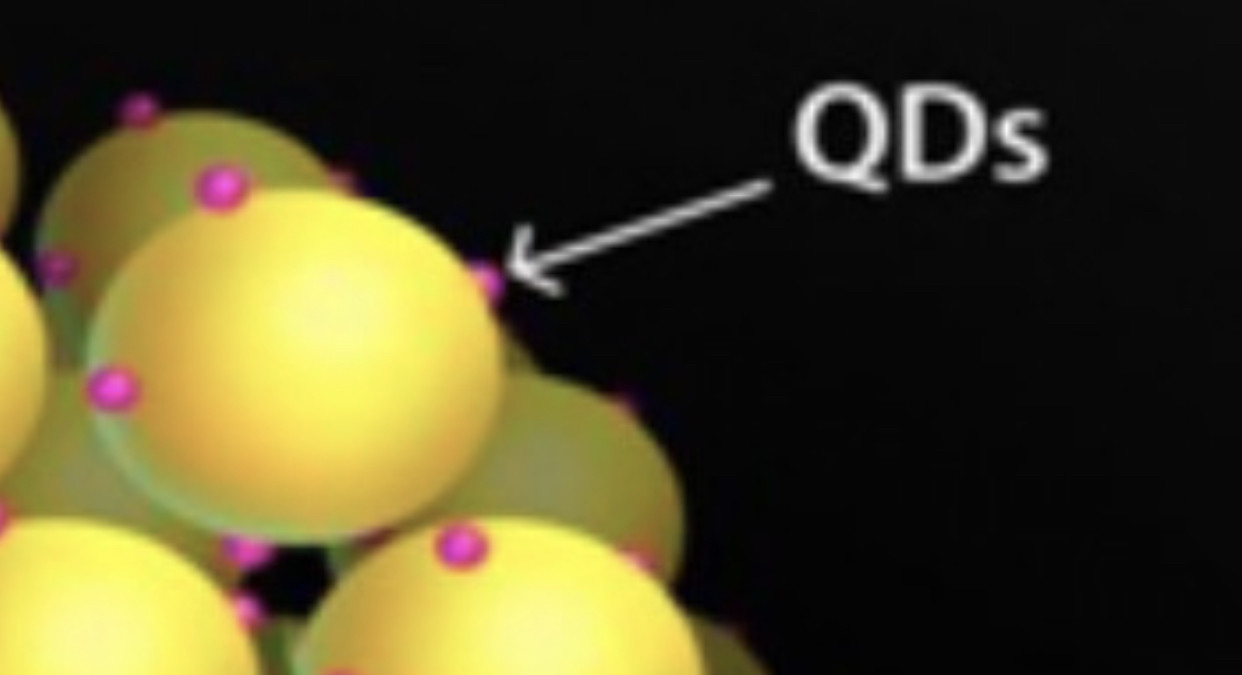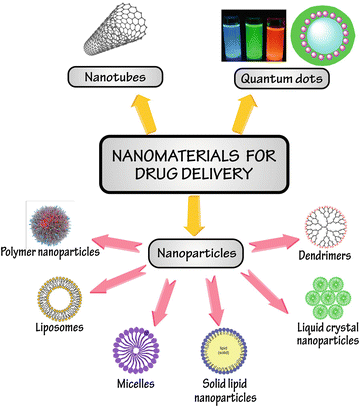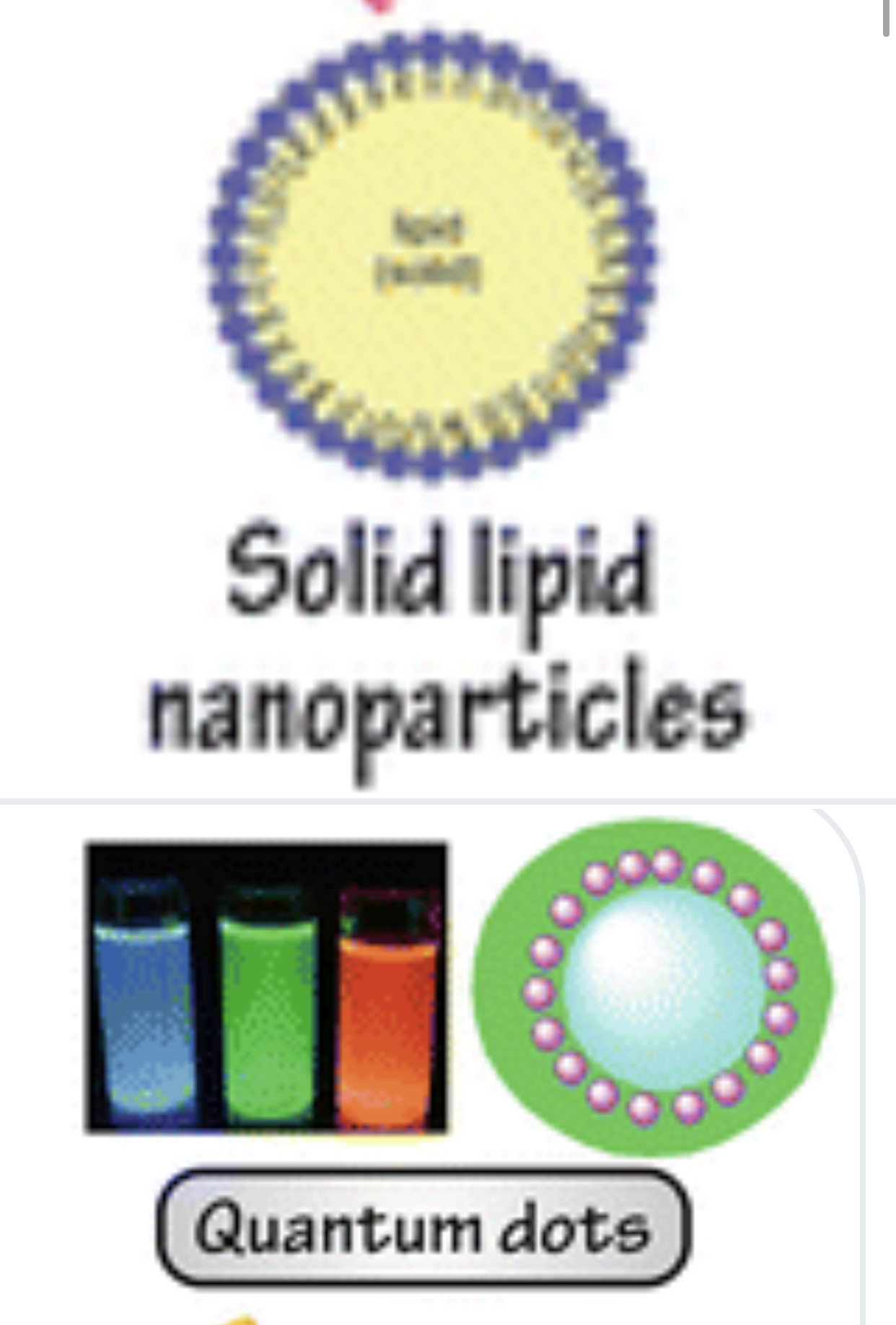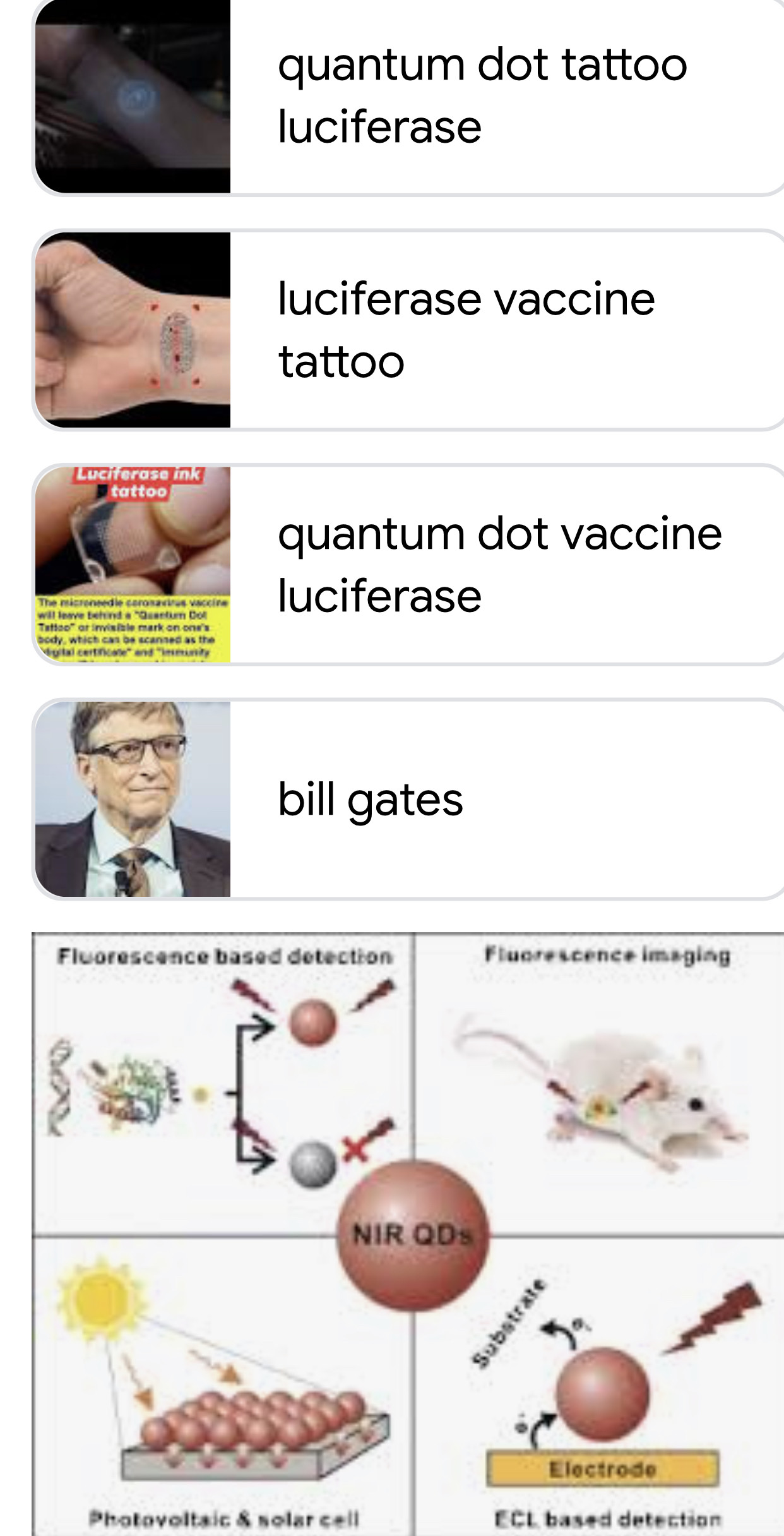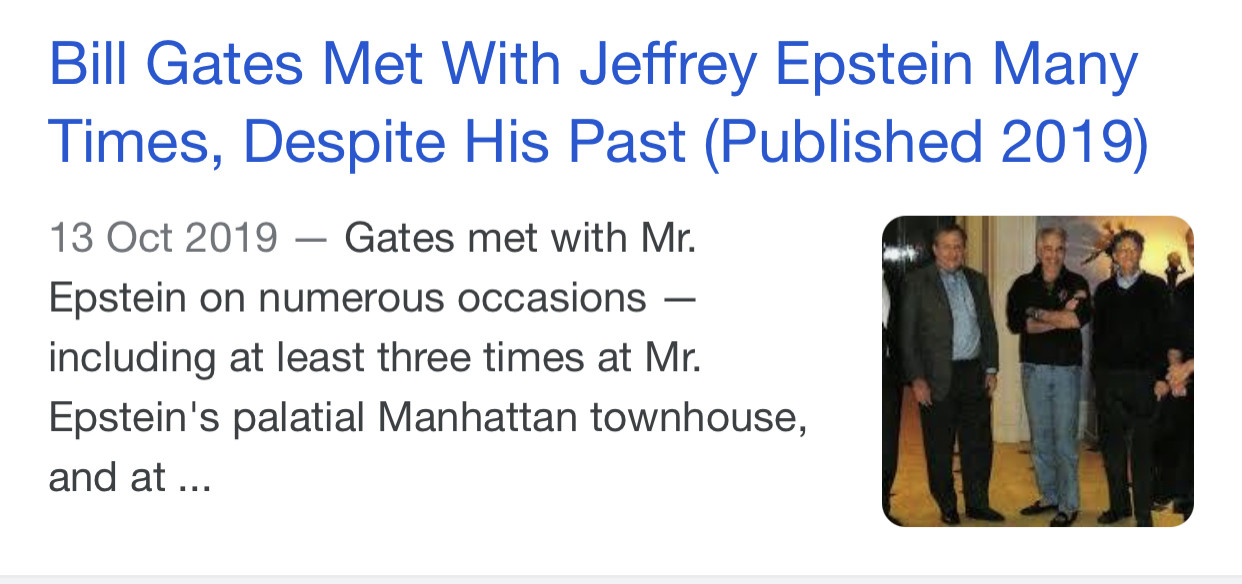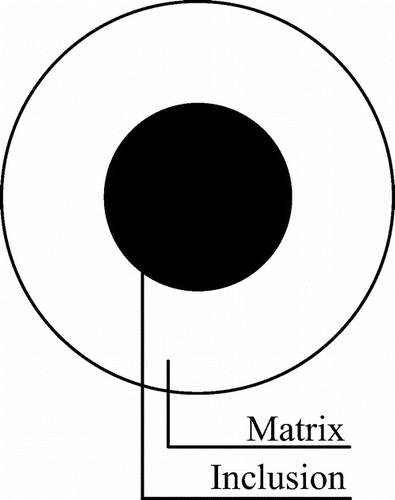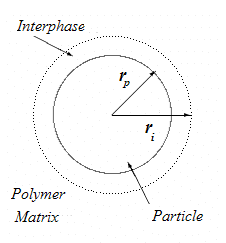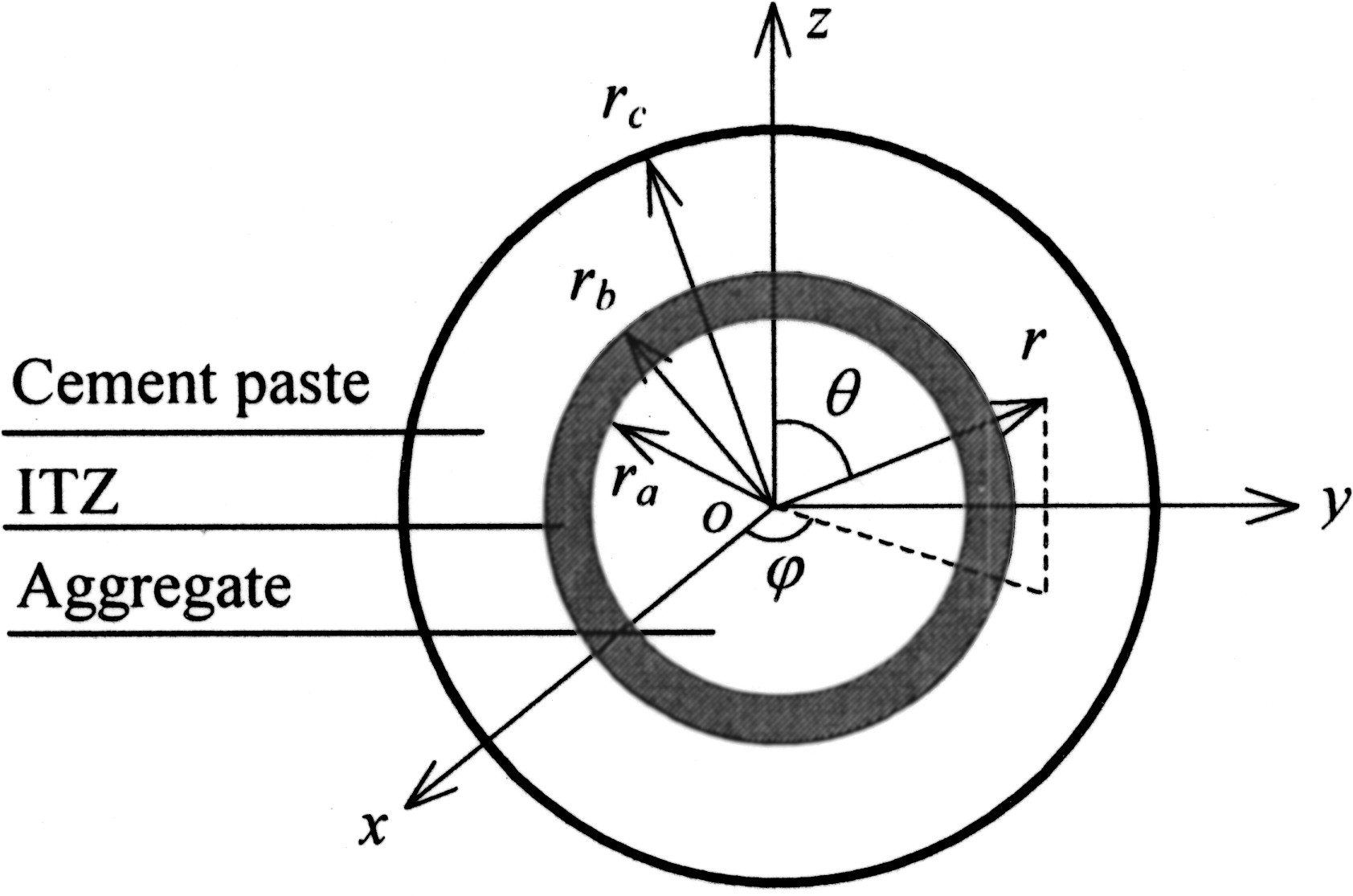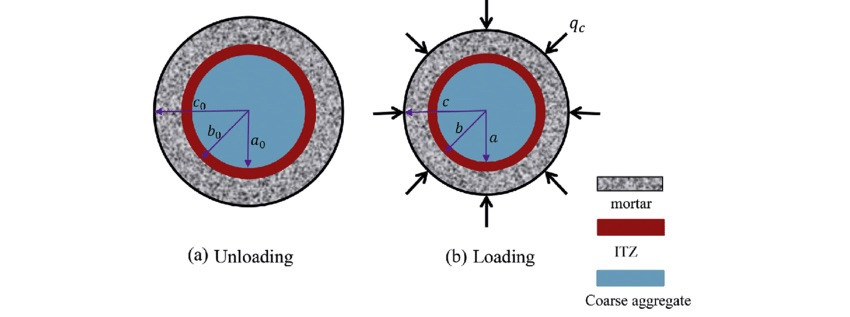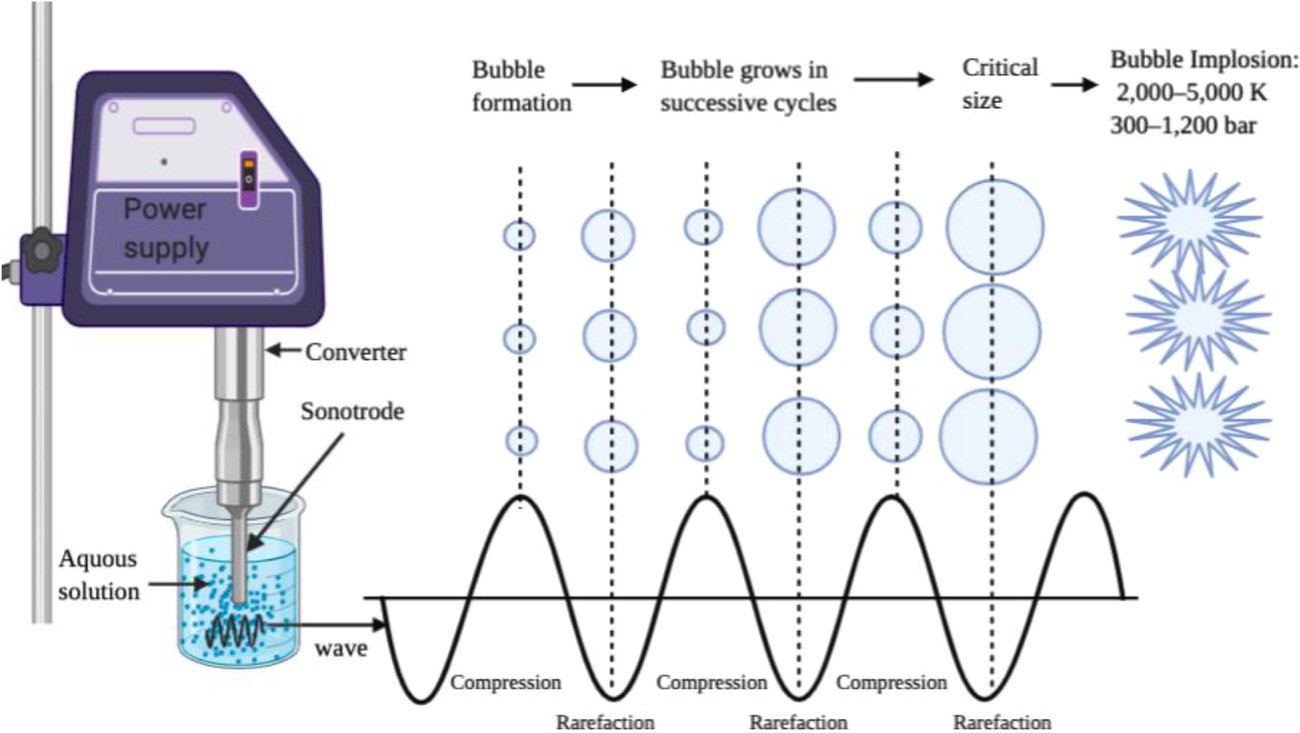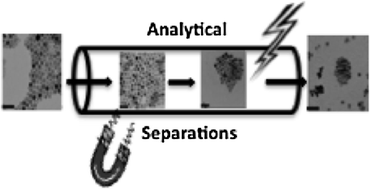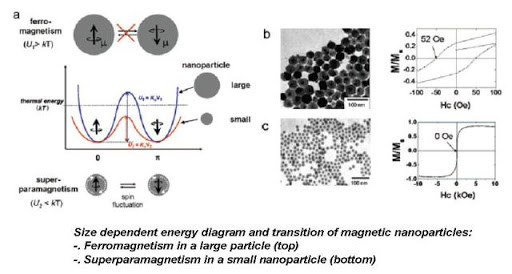JESUS = KING || MAGA || #WWG1WGA || IFBAP: AU, T.me, Gab, Rumble/Locals, 107Daily, TRUTH, GETTR || XRP, XDC, XLM, HBAR, SHIB, JASMY
Research Prescott Bush (GHWB's Father), and the IBM connection.
Pure Evil.
Evelyn De Rothschild?
JESUS = KING || MAGA || #WWG1WGA || IFBAP: AU, T.me, Gab, Rumble/Locals, 107Daily, TRUTH, GETTR || XRP, XDC, XLM, HBAR, SHIB, JASMY
.
(Dig your content, FREN. Keep after it.)
👍🏻
Sir Evelyn is also a Director of IMG Worldwide Inc. Previous corporate directorships include: Director of De Beers Consolidated Mines Ltd, and Director of IBM United
U.S. Leads World in Quantum Computing Patent Filings with IBM Leading the Charge - IPWatchdog.com | Patents & Patent Law
Patenting activities in the quantum computing sector have rapidly increased in recent years, with the U.S. by far the preferred jurisdiction for applicants.
https://www.ipwatchdog.com/2017/12/04/u-s-leads-world-quantum-computing-patent-ibm/id=90304/Quantum dots (QDs) possess optical properties of superbright fluorescence, excellent photostability, narrow emission spectra, and optional colors. ... Lipid-biotin conjugates were used to recognize and mark viral lipid membranes, and streptavidin-QD conjugates were used to light them up.
IBM Research - Zurich, Quantum technology & computing
IBM is building the first universal quantum computers for business and science.
https://www.zurich.ibm.com/st/quantum/alternativeplatforms.htmlPhotothermally triggerable solid lipid nanoparticles containing gold nanospheres - ScienceDirect
Photothermally triggerable solid lipid nanoparticle (SLN) was prepared by including gold nanoparticle (GNP) in the matrix of SLN. GNP was prepared by …
https://www.sciencedirect.com/science/article/abs/pii/S0927775715301709Despite the temperature during the NIR irradiation was far below the melting temperature of SLN matrix (around 43 °C), the NIR irradiation-induced release degree of Nile red (a fluorescence dye) loaded in the SLN was calculated to be as high as 38%. Since GNP was in close contact with the matrix of SLN, the fatty acid matrix adjacent to GNP could be locally heated, melted and fluidized, leading to a promoted release of the payload.
Nanoconcrete (also spelled nano concrete or nano-concrete) is a form of concrete that contains Portland cement particles that are no greater than 100 μm and particles of silica no greater than 500 μm, which fill voids that would otherwise occur in normal concrete, thereby substantially increasing the material's ...
that wouldnt of happened to be the nazis secret concrete way bqck when??...they say it was super tough but they wonr tell anything besides portland cement...🤷♂️
Despite the large body of literature describing the synthesis of magnetic nanoparticles, few analytical tools are commonly used for their purification and analysis. Due to their unique physical and chemical properties, magnetic nanoparticles are appealing candidates for biomedical applications and analytical separations. Yet in the absence of methods for assessing and assuring their purity, the ultimate use of magnetic particles and heterostructures is likely to be limited. In this review, we summarize the separation techniques that have been initially used for this purpose.
For magnetic nanoparticles, it is the use of an applied magnetic flux or field gradient that enables separations. Flow based techniques are combined with applied magnetic fields to give methods such as magnetic field flow fractionation and high gradient magnetic separation. Additional techniques have been explored for manipulating particles in microfluidic channels and in mesoporous membranes. Further development of these and new analytical tools for separation and analysis of colloidal particles is critically important to enable the practical use of these, particularly for medicinal purposes.
The assembly of tiny magnetic particles in external magnetic fields is important for many applications ranging from data storage to medical technologies.
Superparamagnetism is a form of magnetism which appears in small ferromagnetic or ferrimagnetic nanoparticles. In sufficiently small nanoparticles, magnetization can randomly flip direction under the influence of temperature. ... However, their magnetic susceptibility is much larger than that of paramagnets.

